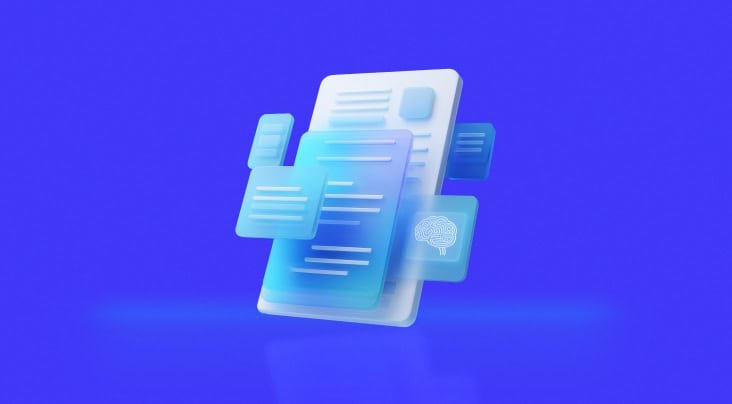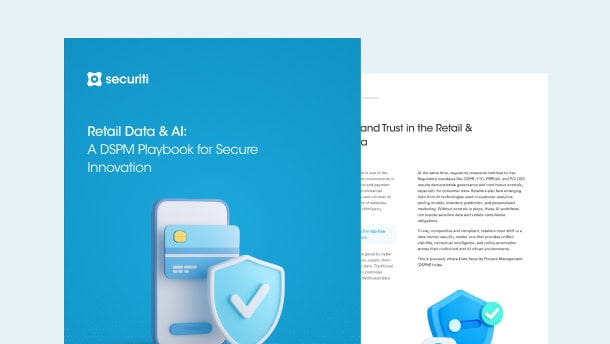Introduction
The Court of Justice of the European Union (CJEU), in its recent judgment, addresses the interpretation of "excessive requests" under the GDPR. It clarifies supervisory authorities' obligations in managing repetitive or abusive complaints and balancing data protection rights with operational efficiency.
The case originated in Austria, where F R, a data subject, filed a complaint under Article 77(1) of the GDPR, alleging that a company violated Article 15 by failing to respond to his data access request within one month. The Austrian Data Protection Authority (DSB) rejected the complaint, invoking Article 57(4) of the GDPR, which allows authorities to refuse requests deemed "manifestly unfounded or excessive." The DSB cited F R's submission of 77 similar complaints within 20 months as excessive, but F R challenged the lack of evidence for abusive intent. The Austrian court referred three pivotal questions to the CJEU for clarification.
The CJEU examined the following issues
- Are complaints under Article 77(1) included as "requests" under Article 57(4) of the GDPR?
- What criteria determine whether complaints are "excessive"?
- How should supervisory authorities exercise discretion under Article 57(4) of the GDPR?
Reasoning of the Court
1. Interpretation of ‘Request’ Under Article 57(4)
The CJEU concluded that complaints under Article 77(1) fall within the scope of "requests" under Article 57(4). Article 77(1) enables data subjects to seek redress when their GDPR rights are violated, and supervisory authorities have an obligation under Article 57(1)(f) to handle such complaints. The Court reasoned that Article 57(3) establishes the general principle that supervisory authorities must perform their tasks free of charge. However, Article 57(4) provides an exception, allowing authorities to refuse requests or charge fees when dealing with manifestly unfounded or excessive cases. Limiting the scope of "requests" under Article 57(4) to only specific tasks, such as providing information, would leave them without the ability to manage potentially abusive or excessive complaints, which could overwhelm their resources and hinder their capacity to address legitimate complaints effectively.
2. Criteria for Determining "Excessive" Complaints
The Court held that the volume of complaints alone does not render them excessive under Article 57(4) of the GDPR. Supervisory authorities must demonstrate that the complainant acted with abusive intent, such as filing complaints to disrupt the authority’s operations, rather than genuinely seeking to protect their data rights. The judgment clarified that repetitive complaints could reflect systemic issues with controllers’ compliance. An arbitrary numerical threshold for classifying complaints as excessive risks undermines the GDPR’s objectives. Authorities must assess whether the complaints serve a legitimate purpose under the GDPR or are aimed at unrelated controllers or irrelevant issues. Evidence of disproportionate behavior, such as flooding the authority with baseless complaints, could justify a finding of abuse. The Court further noted that Member States must ensure supervisory authorities have adequate resources to process legitimate complaints. A refusal to act based solely on resource constraints would violate the GDPR’s principles.
3. Supervisory Authority Discretion Under Article 57(4)
The CJEU affirmed that supervisory authorities have discretion under Article 57(4) to either charge a reasonable fee or refuse to act on excessive requests. However, their decision must be reasoned, appropriate, necessary, and proportionate. The Court stated that charging a fee may often be a less restrictive measure, as it deters excessive complaints without outright refusal. However, authorities are not required to prioritize charging a fee over refusal. The chosen option must align with the specific circumstances of each case, ensuring minimal adverse impact on data subjects’ rights while maintaining operational efficiency. Supervisory authorities must carefully evaluate the complaints' content, context, and intent. Transparent decision-making and thorough documentation are essential to ensure their actions comply with GDPR principles of fairness and accountability.
Conclusion
The judgment offers crucial guidance on handling "excessive requests" under the GDPR. By clarifying the criteria for assessing complaints and affirming the discretion of supervisory authorities, the CJEU brought much-needed clarity and struck a balance between safeguarding data protection rights and ensuring efficient regulatory operations.












































